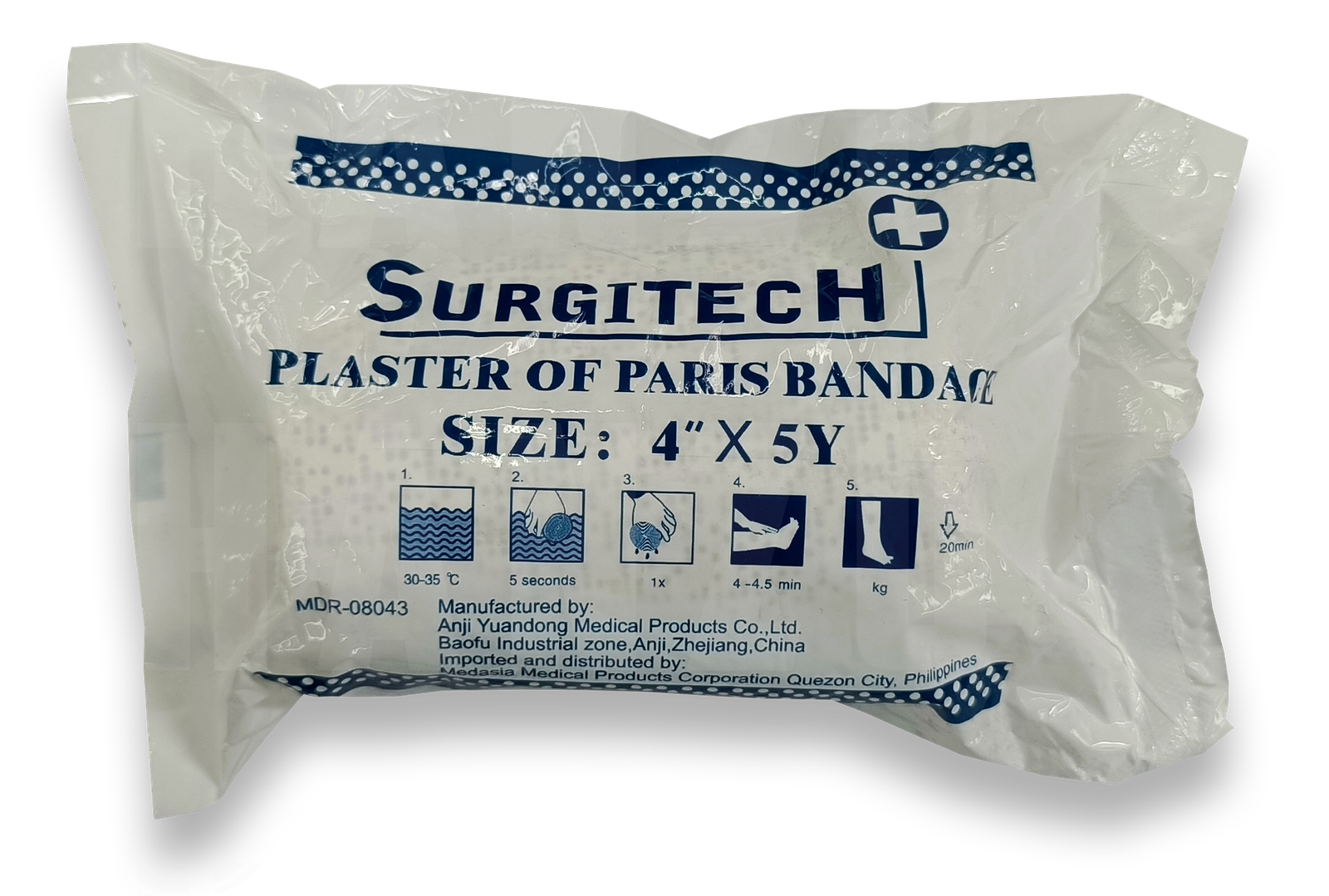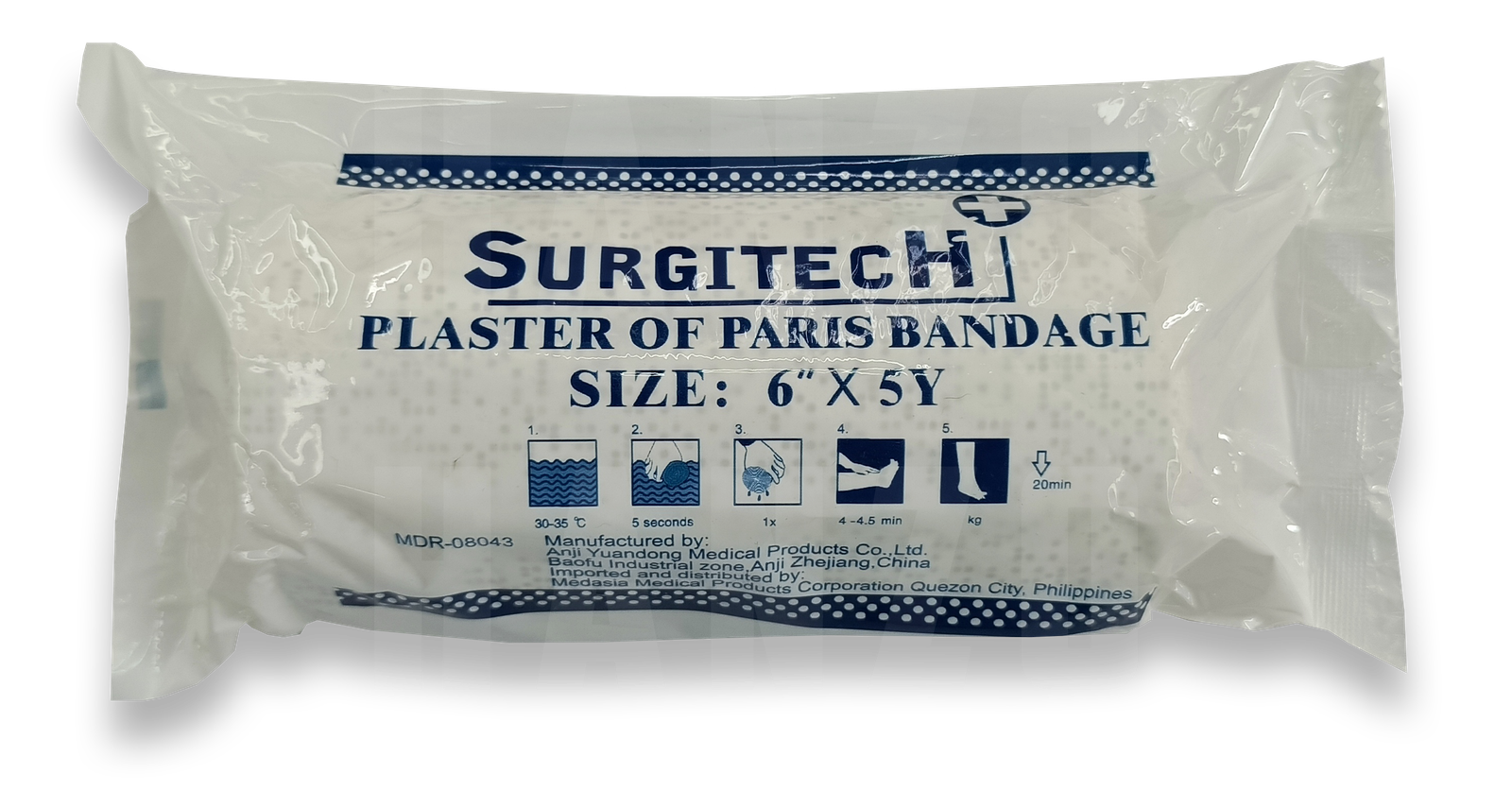Bandage – Surgitech
₱0.99- Bandage
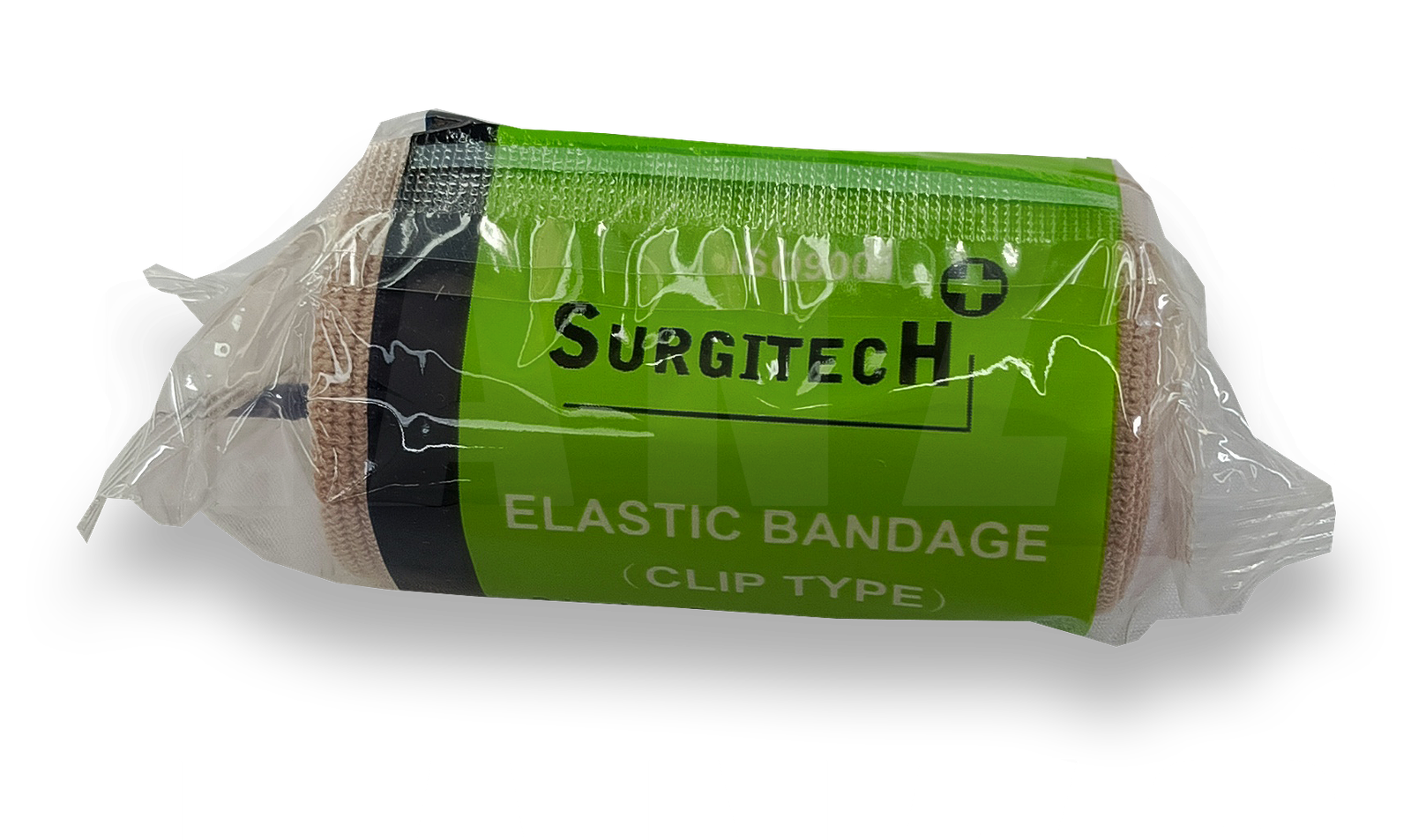
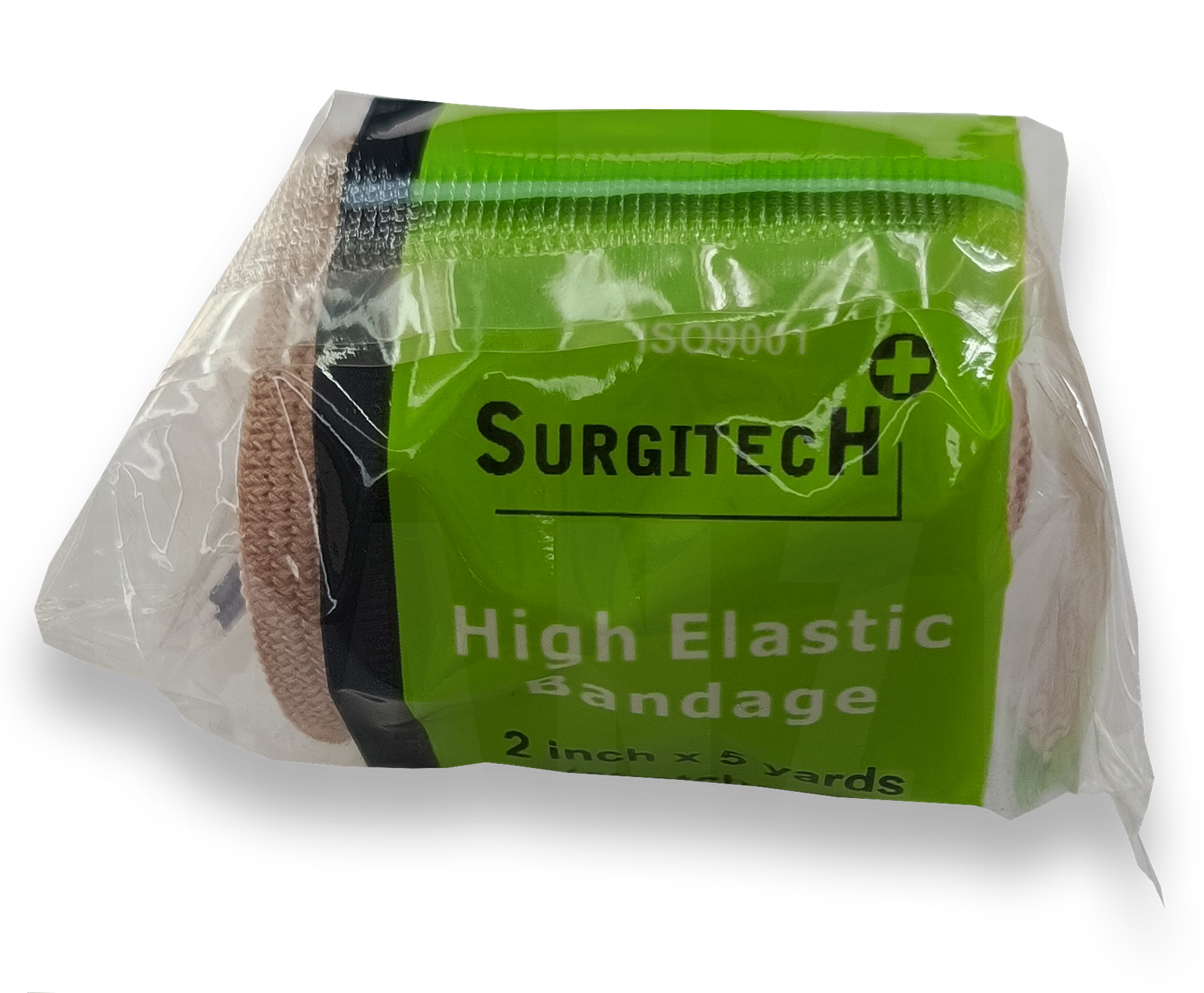
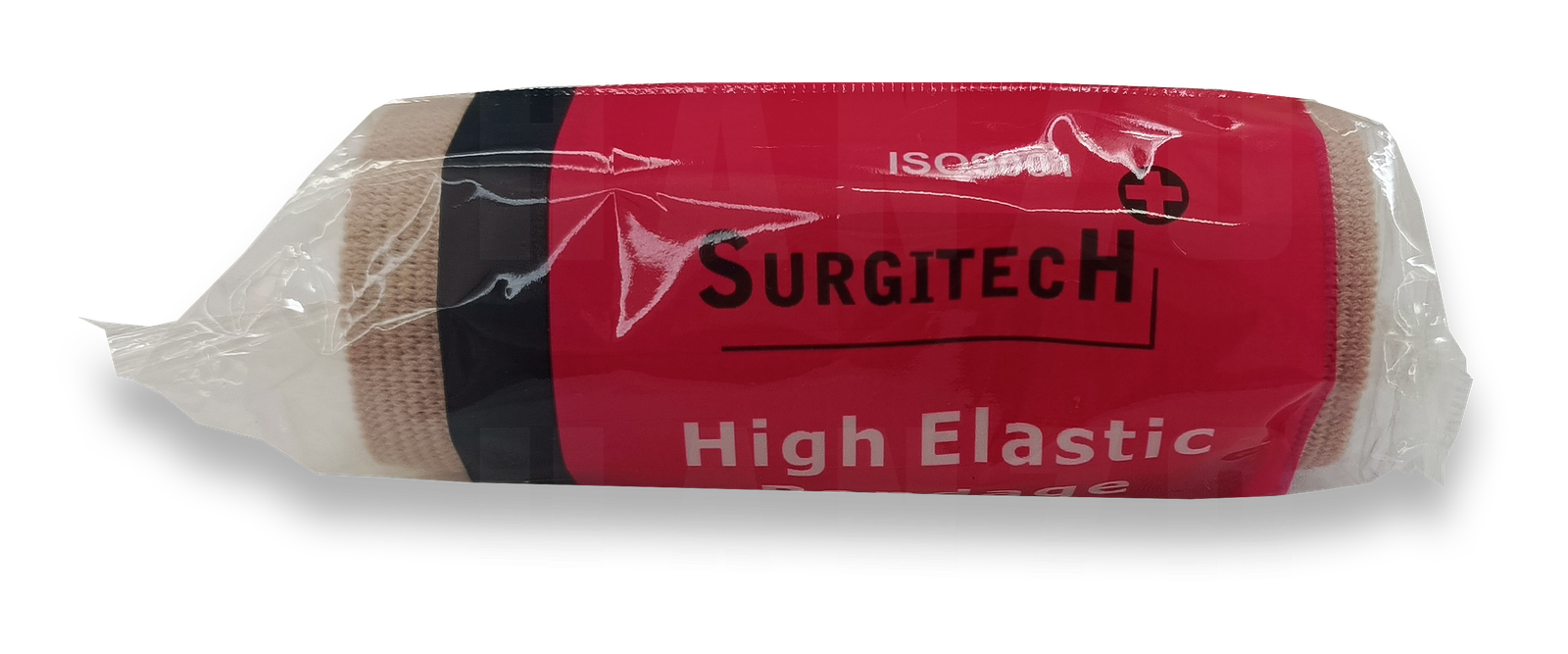

Orthopedic products are medical devices designed to support, align, prevent, or correct deformities or injuries in the musculoskeletal system. They are commonly used to aid in the recovery of bones, joints, ligaments, muscles, and tendons that have been damaged due to injury, surgery, or degenerative conditions. Orthopedic products can help relieve pain, improve mobility, and provide structural support.
Types of Orthopedic Products
1. Braces and Supports
Orthopedic braces and supports are designed to stabilize and protect injured or weakened areas of the body, providing both physical support and pain relief.
– Knee Braces: Commonly used to support the knee after injury or surgery, or to help with conditions like arthritis. They come in various types, including hinged braces, compression sleeves, and patellar stabilizers.
– Ankle Braces: Used for ankle sprains, ligament injuries, or instability. Ankle braces provide compression, support, and limit excessive movement to promote healing.
– Wrist Braces: These braces stabilize the wrist joint, commonly used for carpal tunnel syndrome, wrist fractures, or sprains. They limit movement to reduce strain on the wrist.
– Back Braces: Used to support the lower or upper back, particularly in cases of scoliosis, herniated discs, or chronic lower back pain. They help reduce strain on the spine and promote proper posture.
– Elbow Braces: Used for conditions like tennis elbow or golfer’s elbow, providing support and relieving pressure on tendons.
2. Orthotic Insoles and Footwear
Orthotic insoles and footwear are designed to improve foot alignment, reduce pain, and prevent or correct foot and ankle problems.
– Custom Orthotics: These are specially made insoles tailored to an individual’s foot shape and gait. They help correct issues like flat feet, plantar fasciitis, and overpronation.
– Off-the-Shelf Insoles: Pre-fabricated insoles that provide arch support, cushioning, and pressure relief for conditions like heel pain, foot fatigue, or diabetic foot ulcers.
– Orthopedic Shoes: Designed to provide extra support, comfort, and stability, orthopedic shoes are ideal for individuals with conditions like arthritis, bunions, or other foot deformities. They often feature wider toe boxes, removable insoles, and extra cushioning.
3. Splints and Casts
Splints and casts are used to immobilize injured or fractured bones, allowing them to heal properly.
– Arm and Leg Splints: These are often used for fractures, sprains, or post-surgical support. Splints can be rigid or semi-rigid and are designed to immobilize the injured area to promote healing.
– Casts: Traditionally made from plaster or fiberglass, casts fully encase a broken bone to immobilize it. They are custom-fitted and can stay in place for several weeks to allow the bone to heal.
4. Slings and Immobilizers
These products provide support and immobilization for injured or recovering limbs, particularly after surgery or fractures.
– Arm Slings: Used to support the arm and shoulder after injury or surgery, slings help limit movement and reduce strain on the affected area.
– Shoulder Immobilizers: Designed to restrict shoulder movement after injuries such as dislocations, fractures, or rotator cuff surgery. These devices stabilize the shoulder and prevent further injury.
5. Compression Garments
Compression garments apply controlled pressure to the body, helping to improve circulation, reduce swelling, and support muscles and joints.
– Compression Stockings: Commonly used to prevent blood clots, reduce swelling, and manage conditions like varicose veins or deep vein thrombosis (DVT). They help improve blood flow in the legs.
– Compression Sleeves: These are used to support muscles and joints, especially after injury. They can help reduce swelling and improve recovery by promoting blood flow.
– Post-Surgical Compression Garments: Worn after surgery to reduce swelling, bruising, and the risk of complications like blood clots. They are used in procedures like liposuction, tummy tucks, or breast surgeries.
6. Traction Devices
Orthopedic traction devices are used to align bones or maintain tension on certain parts of the body to facilitate healing.
– Cervical Traction Devices: These devices gently stretch the neck to relieve pressure on the spine, often used in the treatment of conditions like herniated discs or neck strain.
– Lumbar Traction Devices: Designed to stretch and relieve pressure on the lower back, these devices can help with conditions like sciatica or herniated discs.
7. Walking Aids
Walking aids provide support for individuals who have difficulty walking due to injury, surgery, or degenerative conditions.
– Crutches: Used to take the weight off the legs and allow movement while a lower-body injury heals. Crutches are adjustable and can be used for short-term or long-term support.
– Canes: Canes provide balance and support, helping individuals with mobility issues maintain stability while walking.
– Walkers and Rollators: Walkers offer greater support than canes and are used by individuals who need additional stability. Rollators are walkers with wheels, often equipped with a seat and brakes, making them useful for elderly individuals or those with limited strength.
8. Joint Replacement Implants
Orthopedic implants are used to replace damaged joints, bones, or tissues, particularly in individuals with severe arthritis or injury.
– Hip and Knee Replacements: These are common orthopedic implants used to replace worn-out or damaged joints, allowing individuals to regain mobility and reduce pain.
– Shoulder and Elbow Replacements: Similar to hip and knee replacements, these implants restore joint function and reduce pain in individuals with joint degeneration or injury.
9. Heat and Cold Therapy Products
Heat and cold therapy products are used to reduce inflammation, manage pain, and promote healing in musculoskeletal injuries.
– Ice Packs and Cold Therapy: These are applied to acute injuries like sprains, strains, or post-surgical swelling to reduce inflammation and numb pain.
– Heating Pads: Heat therapy is often used for chronic pain, muscle stiffness, and conditions like arthritis. Heat increases blood flow and relaxes muscles.
10. Bone Stimulators
Bone stimulators are devices used to accelerate bone healing, particularly in fractures or after surgery.
– Electrical Bone Stimulators: These devices deliver electrical impulses to the bone to stimulate healing, often used in cases where fractures are slow to heal or when bone grafts are involved.
– Ultrasound Bone Stimulators: Using low-intensity ultrasound waves, these devices promote bone growth and healing in fractures.
Key Features and Considerations
1. Comfort: Orthopedic products are designed to provide comfort and reduce pain. Many are padded, contoured, or made from breathable materials to ensure they do not irritate the skin or cause discomfort during long-term use.
2. Customization: Some orthopedic products, like orthotic insoles or braces, can be customized to fit the individual’s body shape, size, and specific condition for optimal support and alignment.
3. Durability: Orthopedic products need to be durable enough to withstand daily use, especially in cases where long-term wear is required (e.g., joint braces or orthotic insoles).
4. Mobility: Many orthopedic products are designed to allow for a range of motion while still providing support. For example, knee braces may stabilize the joint while allowing limited movement for walking or physical therapy.
5. Adjustability: Braces, supports, and slings often come with adjustable straps or Velcro closures to ensure a snug fit and provide varying levels of compression or support depending on the user’s needs.
6. Hygiene: Orthopedic products, especially those worn directly on the skin, are made from easy-to-clean, antimicrobial, or hypoallergenic materials to reduce the risk of infection or skin irritation.
Conclusion
Orthopedic products play a crucial role in supporting the body’s musculoskeletal system, providing pain relief, improving mobility, and facilitating recovery from injuries, surgeries, or chronic conditions. Whether through braces, orthotic insoles, compression garments, or more advanced technologies like joint replacements and bone stimulators, these products significantly enhance the quality of life for individuals dealing with orthopedic issues.
Showing all 2 results


